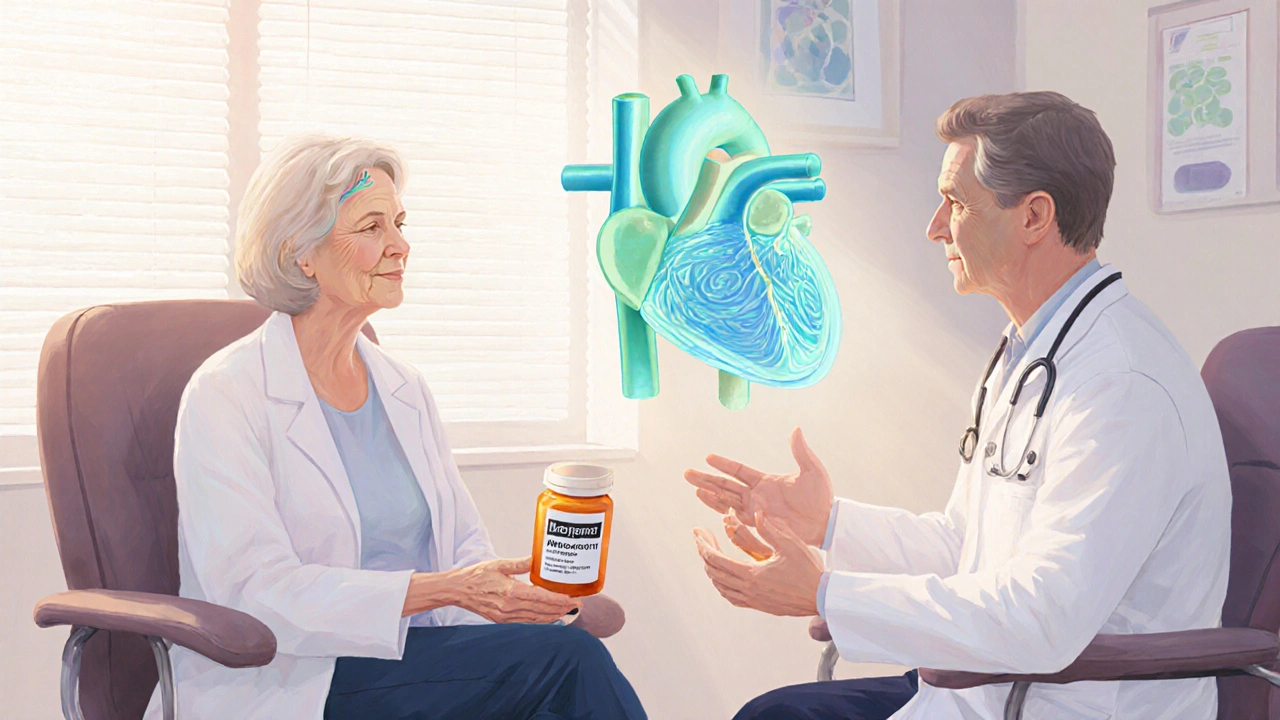Heart Rhythm Disorders: What You Need to Know
When dealing with heart rhythm disorders, abnormal heartbeats that can be too fast, too slow, or irregular, the first step is understanding the core concepts. Also called cardiac arrhythmias, these conditions affect millions worldwide and range from harmless skipped beats to life‑threatening emergencies. Arrhythmia, any deviation from the heart's normal rhythm is the umbrella term that includes atrial fibrillation, ventricular tachycardia, and bradycardia. Accurate diagnosis hinges on electrocardiogram (ECG), a quick, non‑invasive test that records the heart’s electrical activity. The ECG not only confirms an arrhythmia but also helps classify its type, which directly influences treatment choices. Management strategies involve lifestyle tweaks, medication, and sometimes device therapy. For instance, a pacemaker, an implanted device that delivers electrical impulses to maintain a steady heartbeat can correct bradycardia or pause‑related disorders, while antiarrhythmic drugs aim to restore normal rhythm or control rate. Understanding how these elements interact makes it easier to navigate the medical maze and take proactive steps toward heart health.
Key Factors That Shape Diagnosis and Treatment
One of the most important semantic links is that heart rhythm disorders encompass a spectrum of conditions, each with distinct triggers and outcomes. Age, genetics, underlying heart disease, and even lifestyle habits like caffeine intake or stress levels can tip the balance toward an arrhythmia. Diagnostic tools such as Holter monitors, event recorders, and stress tests extend the basic ECG by capturing heart activity over longer periods or during specific activities. These tools feed into the decision‑making process: if an arrhythmia is frequent and symptomatic, doctors may recommend medication like beta‑blockers or calcium channel blockers; if it’s persistent and dangerous, procedures such as catheter ablation or device implantation become viable options. Moreover, the presence of comorbidities—high blood pressure, diabetes, or thyroid disorders—adds layers of complexity, often requiring coordinated care among cardiologists, electrophysiologists, and primary physicians. By recognizing these inter‑relationships, patients can better discuss their treatment plan, ask the right questions, and understand why a particular drug or device is suggested.
Below you’ll find a curated collection of articles that dive deeper into the topics touched on here. Whether you’re looking for practical tips on managing a specific arrhythmia, comparing medication options, or learning how to interpret your ECG results, the posts below cover a broad range of related subjects—from anti‑arrhythmic drug safety to the role of lifestyle changes in heart rhythm health. Explore the resources to get actionable insights and feel more confident in handling heart rhythm disorders.
How Anticoagulants Prevent Stroke in Heart Rhythm Disorders

Explore how anticoagulants work, which drugs are best for atrial fibrillation and other rhythm issues, and how to balance stroke protection with bleeding risk.
